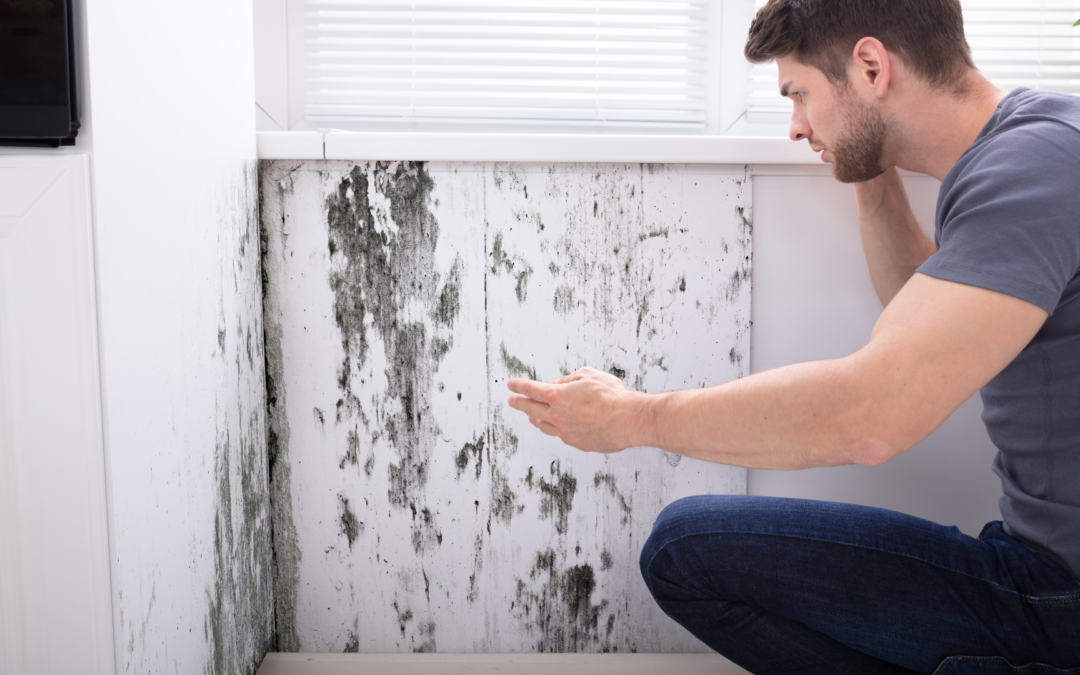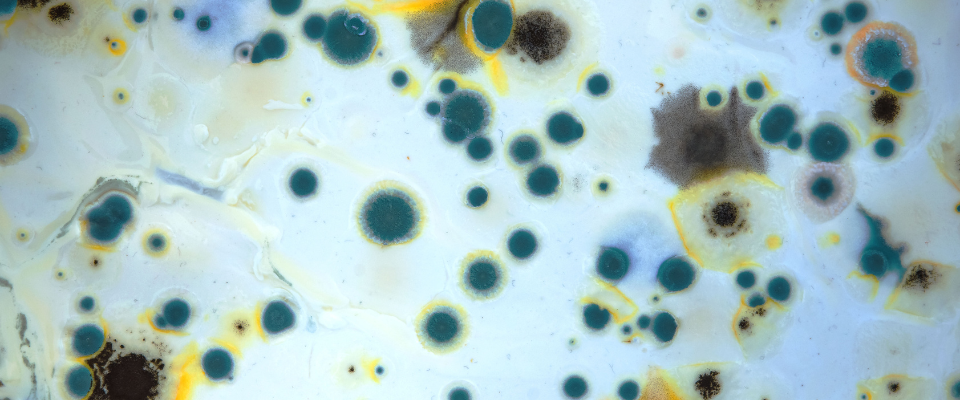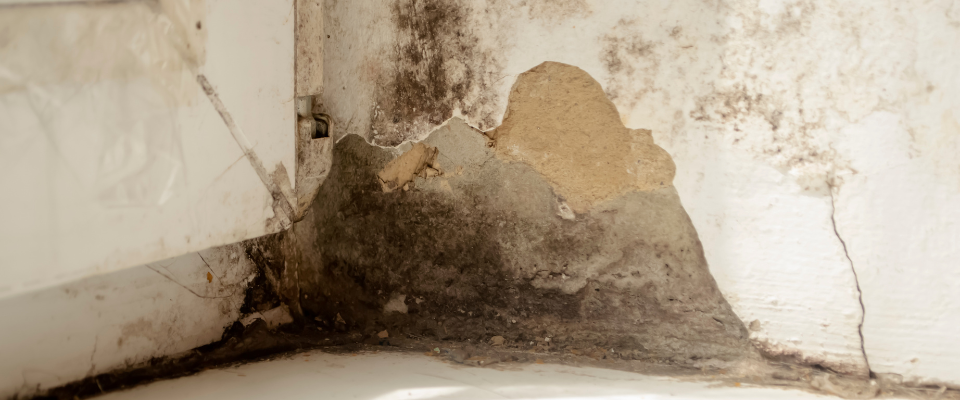Mold in Homes: Causes, Effects, and Prevention
Mold is a common occurrence in buildings and homes, thriving in environments rich in moisture such as around leaky roofs, windows, or pipes, and in areas affected by flooding. It proliferates on various surfaces including paper products, cardboard, ceiling tiles, and wood.
Common indoor molds include Cladosporium, Penicillium, and Aspergillus. Although precise data regarding the prevalence of different molds in buildings is unavailable, they are ubiquitous both indoors and outdoors.
Mold enters indoor spaces through open doorways, windows, vents, and HVAC systems, as well as hitching rides on clothing, shoes, and pets. When mold spores land in moist areas like leaky roofs, pipes, or flooded spaces, they thrive. Many building materials provide nourishment for mold, with wet cellulose materials like paper, cardboard, and wood being particularly conducive to growth. Dust, paints, wallpaper, insulation, carpet, fabric, and upholstery also support mold growth. Detecting a mold problem is usually straightforward, as large infestations are visible or emit a distinctive odor.
Exposure to damp and moldy environments can trigger various health issues, particularly in sensitive individuals. Symptoms may include nasal congestion, wheezing, itchy eyes or skin, and can be more severe for those with allergies or asthma. Severe reactions, like fever and shortness of breath, may occur in occupations with high mold exposure.
In 2004, the Institute of Medicine linked indoor mold exposure to upper respiratory symptoms, asthma exacerbation, and hypersensitivity pneumonitis. The World Health Organization’s 2009 guidelines further underscored the health risks associated with mold exposure, suggesting a potential link between early exposure and asthma development in children.
While some adverse health effects have been tentatively associated with molds, such as acute idiopathic pulmonary hemorrhage, conclusive evidence is lacking.
Certain groups, including allergy sufferers and individuals with compromised immune systems or chronic respiratory conditions, are more vulnerable to mold-related health problems.
Preventing mold growth involves routine inspection for water damage, prompt repair of leaks, effective drying after flooding, and maintaining optimal humidity levels. Adequate ventilation in areas prone to moisture buildup, such as bathrooms and kitchens, also helps mitigate mold growth.
Experience the DILIGENT Difference
With DILIGENT, you can understand the value of your potential home investment by skipping the guesswork and gathering deeper information about your new home with our detailed reports provided the same day as your inspection.




